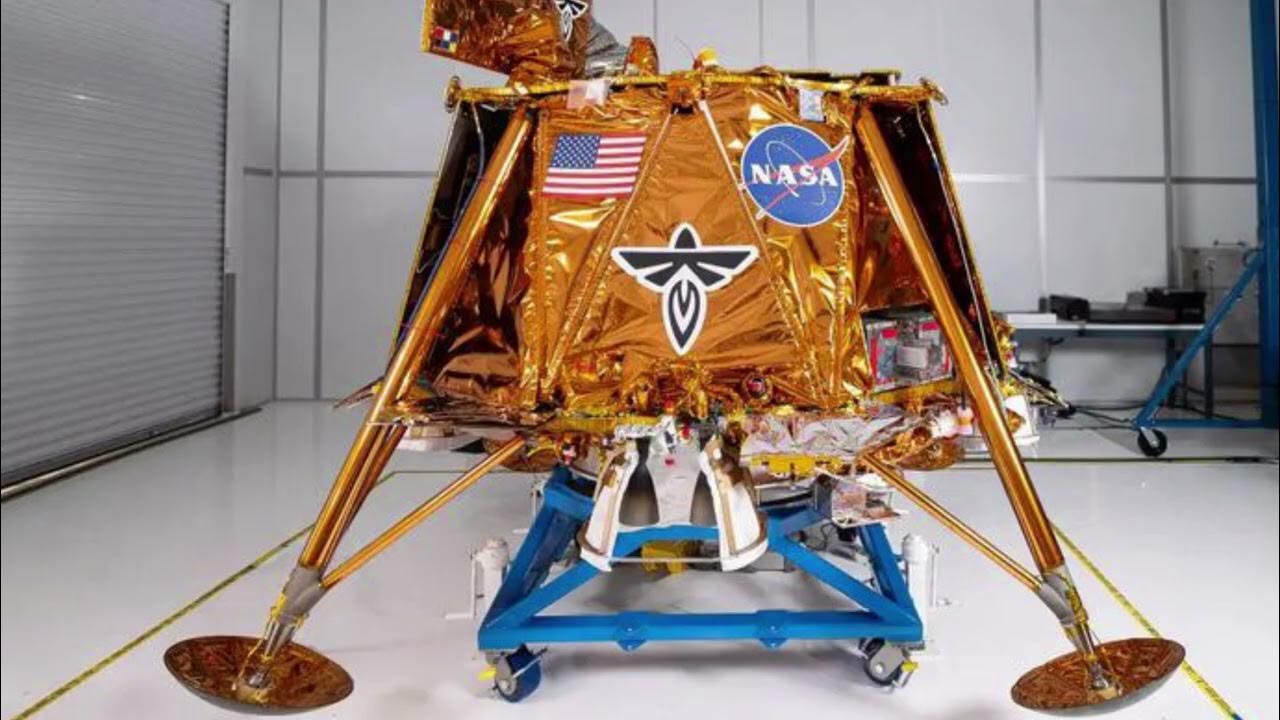ECONOMYNEXT – Sri Lanka’s West Container Terminal (WCT-1), developed in partnership with India’s Adani Ports, is gearing up to receive its inaugural test vessel following the commissioning of cranes in February, according to its joint venture partner. Meanwhile, India’s newly established Vizhinjam Seaport, also operated by the Adani Group, has reached a milestone of 150 vessel calls.
Krishan Balendra, Chairman of John Keells Holdings (JKH), a joint venture partner in the Colombo Adani terminal, confirmed that the construction and installation work at WCT-1 is progressing well. “All civil works related to the first phase of the project have been completed. Additionally, all operating equipment for this phase has been received and is currently being commissioned,” Balendra stated in the company’s quarterly report to shareholders. The terminal is expected to be fully operational by February 2025, marking the start of its first phase of operations with the arrival of its test vessel. The remaining construction of the Colombo Adani-JKH terminal is on schedule for completion in the latter half of the 2026/27 financial year.
For decades, Colombo held a dominant position as South Asia’s premier transshipment hub. However, India’s newly operational Vizhinjam Port, which launched test operations last year, is now a formidable competitor, attracting major container carriers. Vizhinjam secured a major contract with MSC, which rerouted mainline calls to the port just before receiving its commissioning certificate. “Our Jade service connecting Asia and Europe will now include a call at Vizhinjam, India, before proceeding to the Mediterranean,” MSC announced in November. Additionally, the company’s Dragon service has reshuffled its eastbound leg to include Vizhinjam instead of Colombo. With feeder operators vying for space, Vizhinjam has rapidly grown, handling 320,000 containers by February 2025, including 85,000 in January alone, according to the Times of India. The port’s AI-driven operations have enhanced efficiency, further cementing its position as a key regional hub.
Despite increased competition, Colombo retains strategic advantages due to its geographical positioning. The WCT-1 will also be the first automated terminal at the Port of Colombo, further boosting its competitiveness, Balendra noted. However, Sri Lanka has faced setbacks in past efforts to develop its port infrastructure. In 2015, the government attempted to bring top shipping lines into a competitive bidding process to develop the East Container Terminal in partnership with India. However, political conflicts and union resistance ultimately derailed these plans. In the long term, global trade growth and India’s expanding commerce are expected to sustain transshipment demand. However, short-term disruptions, influenced by monetary policies of the U.S. Federal Reserve and the Reserve Bank of India (RBI), pose challenges.
Colombo’s port volumes have temporarily surged due to disruptions in the Red Sea following geopolitical conflicts in the Middle East. A ceasefire between Israel and Gaza has just gone into effect, which could stabilize global shipping routes. Historical trends suggest that economic slowdowns in India can directly impact Colombo’s port traffic. The Indian rupee has faced steady depreciation since the RBI shifted from a wholesale price index (WPI) targeting strategy to a broader consumer price index (CPI) target in 2011. This shift, alongside inflationary pressures, has contributed to cyclical economic slowdowns, which in turn affect Indian trade volumes and Colombo’s transshipment business.
Despite mounting competition from Vizhinjam, Colombo remains a vital transshipment hub with strategic advantages and ongoing investments in modernization. The upcoming operational launch of WCT-1 and continued global trade expansion offer opportunities for sustained growth, even as macroeconomic uncertainties present challenges.




